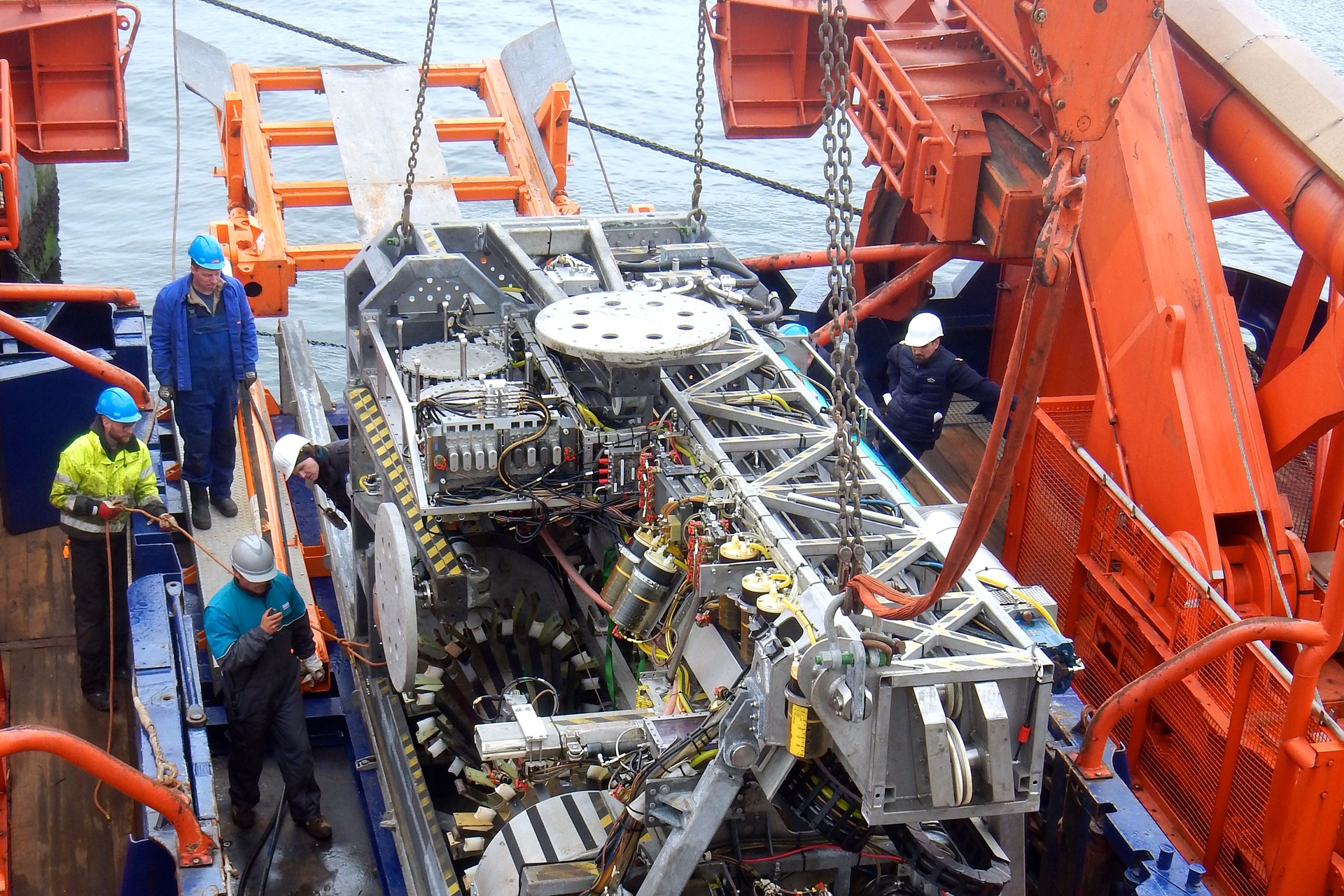An international team of researchers from Germany and the UK found that about 90 million years ago, tropical forests grew in Antarctica. This was reported in the journal Nature.
The Upper Cretaceous period (100.5–66.0 million years ago) is known as the heyday and dominance of dinosaurs on the planet. It is considered the warmest over the past 140 million years. Sea level was 170 m higher than today, and in tropical regions the temperature of the upper layers of the water reached 35 ° C. However, so far little has been known about the climate of the polar regions of that time.
In 2017, scientists drilled a well in the Amundsen Sea off the coast of West Antarctica, 900 km from the South Pole. At a depth of 27 to 30 m below the ocean floor, rock samples were extracted, which, as it turned out, were originally formed on land: they contained fertile forest soil dating back to the Upper Cretaceous period.
- MARUM-MeBo70 drill rig on the Polarstern research vessel
- © JP Klages, AWI
The results of computed tomography showed that 90 million years ago the continent had a marshy landscape rich in vegetation. This is indicated by a dense network of roots in a layer of fine-grained clay and silt. Some of them are so well preserved that researchers were able to distinguish individual cell structures.
Also core (rock sample) contained numerous traces of pollen and spores of various trees and plants, including the remains of flowering plants first discovered in these latitudes. In addition, the researchers concluded that at that time there was no ice cover in the area of the pole.
“Numerous plant remains indicate that 93–83 million years ago, the coast of West Antarctica was a marshland, where temperate rain forests grew, similar to those that can now be found, say, on the South Island of New Zealand,” one explained of the authors of the study, paleoecologist of the University of Northumbria at Newcastle upon Tyne Ulrich Salzmann.
These data became a sensation for the scientific community, since before that all mathematical calculations indicated that the climate of Antarctica at that time was more severe. It is known that 90 million years ago this continent, as now, was at the South Pole and stayed in the conditions of a four-month polar night: a third of the year of sunshine was not there at all.
However, new data suggest that the average annual air temperature in Antarctica was about 12 ° C. In summer, the air warmed up to an average of 19 ° C, and the water temperature in rivers and swamps reached 20 ° C. The weather was rainy - the amount and intensity of precipitation in West Antarctica of that time were comparable to those observed in modern Wales.
- Results of computed tomography of a core taken at a depth of 30 m below sea level
According to scientists, this is due to the high concentration of carbon dioxide: according to new estimates, it was higher than previously thought. A high level of carbon dioxide in the atmosphere caused a powerful greenhouse effect. Its effect was enhanced by the absence of an ice sheet, which today protects the continent from the sun.
“We know that in the Cretaceous period of sunlight, there could have been no four months in a row. However, due to such a high level of carbon dioxide concentration, the climate in the region around the South Pole was temperate and ice masses did not form, ”explained Torsten Bikert, one of the authors of the study, geologist at the MARUM Research Center at the University of Bremen.
Now the team of researchers intends to find out what led to such a sharp cooling in the climate of Antarctica. At the moment, no computer simulation provides a satisfactory explanation for this phenomenon.

